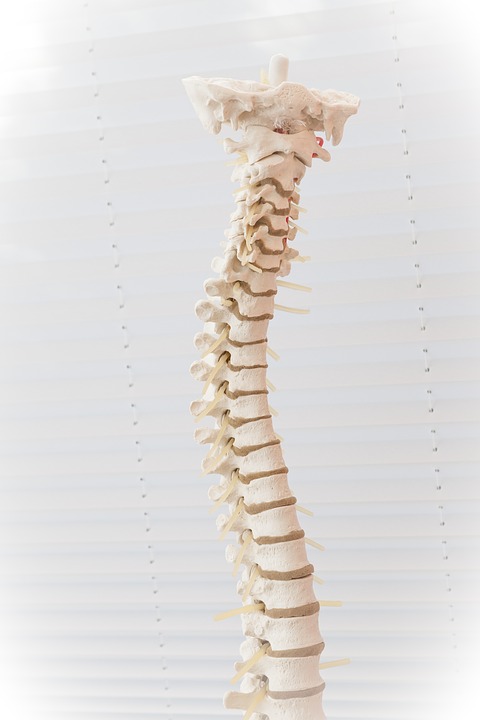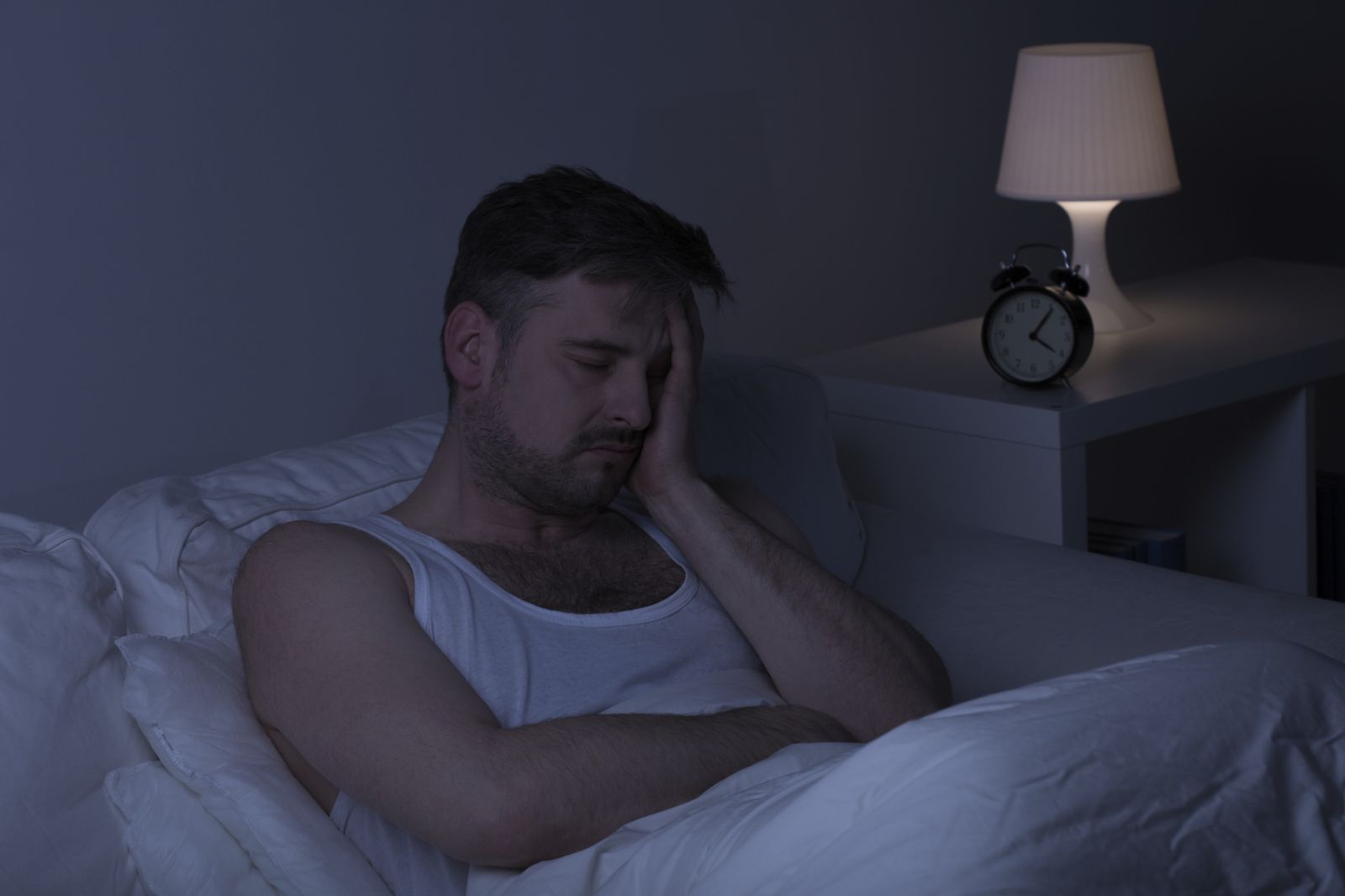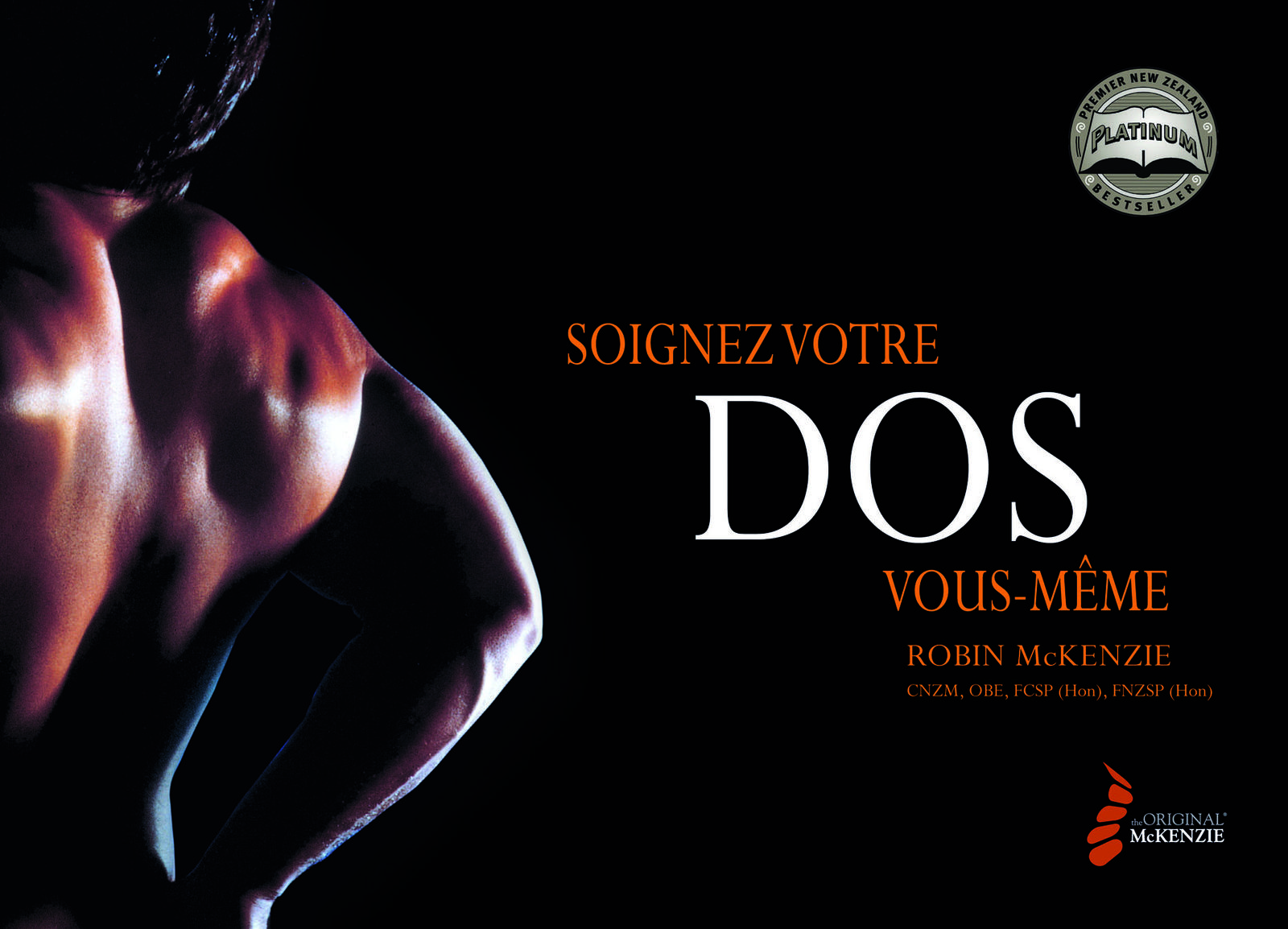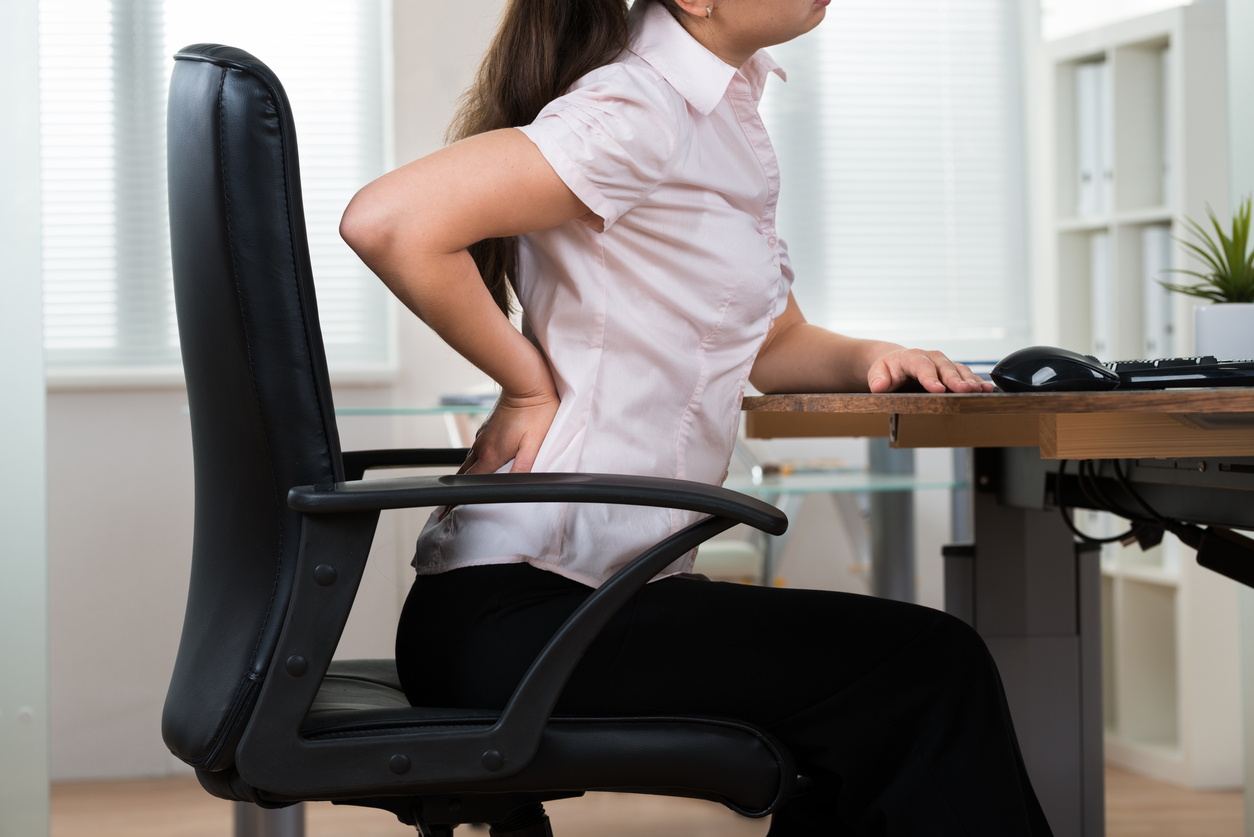La spine front view looks perfectly straight. But when you look at her in profile, you realize that she presents three natural curves : a hollow at the level of the neck, a convexity between the two shoulder blades and an arch at the bottom of the back.
These are the physiological curvatures of the spine and they should be present in every healthy person.
When these curves increase or decrease too much, symptoms (mainly pain) can potentially appear.
In this article we are going to talk about hypolordosis, a condition characterized by a reduction in the natural curvature of the lumbar or cervical regions.
Vertebral column: brief anatomical reminder
As mentioned above, the spine has three physiological curvatures:
- Cervical lordosis: concavity or hollow at the back of the neck.
- The dorsal curvature: small natural bump in the upper part of the back. It is also called « dorsal kyphosis physiological », although the term "kyphosis" is generally reserved for pathological situations (exaggeration of the dorsal curvature).
- Lumbar lordosis: concavity or arching of the lower back.
What is hypolordosis?
We are talking hypolordosis when the natural lordosis, whether at the level of the cervical spine or lumbar, becomes less marked. That is to say, it becomes less hollow, but without arriving at the stage of straightness or inversion.
On the contrary, hyperlordosis is an accentuation of the natural lordosis. It becomes more pronounced, more hollow.
Here are some other pathological situations related to curvatures of the spine:
- La straightness of the cervical spine : instead of being in lordosis, the cervical spine is rectilinear (straight).
- La dorsal kyphosis : it is a deformation of the back characterized by the exaggeration of the convexity of the dorsal spine (somewhere between the first and the twelfth vertebrate dorsal). This is called dorsal hyperkyphosis.
- The inversion of the lumbar curvature: instead of being dug, the Lumbar spine is bulging.
What causes hypolordosis?
Hypolordosis can be constitutional or, most often, secondary to a bad posture persistent or Osteoarthritis vertebral.
It can also be consecutive to a trauma spine (lumbar or cervical).
In addition, lumbar hypolordosis is observed almost systematically (at the advanced stage) during a postural disorder affecting the elderly subject called « camptocormia ».
Camptocormia is a condition characterized by anterior flexion of the trunk due to a deficit of the extensor paravertebral muscles. This position puts constant stress on the lumbar spine which, over time, ends up lose its natural lordosis.
There are many other rarer causes of hypolordosis, including conditions characterized by bone fragility:
- rickets (deficiency in vitamin D resulting in a lack of bone mineralization, therefore formation of fragile bones that are easily deformed),
- The you die cervical or lumbar spine,
- infectious diseases affecting the bones (especially the spondylodiscitis tuberculosis or Pott's disease ")
- Osteochondrosis (disorder of bone and cartilage growth in the lower back).
What are the symptoms of hypolordosis?
Hypolordosis, especially when mild or moderate, can be asymptomatic and go unnoticed. But often it is accompanied by pain chronic as well as other more or less disabling symptoms.
Cervical hypolordosis
It can be clinically manifested by:
- neck stiffness,
- chronic neck pain,
- Migraines or tension headaches,
- Personalized torticollis and more frequent muscle spasms,
- A decrease in the fluidity of neck movements,
- Personalized numbness in the shoulders and upper limbs.
Lumbar hypolordosis
It can have the following symptoms:
- Chronic low back pain: resulting from muscle and ligament tension due to the deformation of the lumbar spine.
- Sciatica-like pain: the modification of the physiological lumbar curvature disturbs the dynamics of the spine and increases the risk of occurrence of degenerative pathologies such as herniated disc or spinal osteoarthritis. These last two being the main causes of lumbosciatalgia.
How is hypolordosis diagnosed?
The diagnosis of a hypolordosis (whether cervical or lumbar) is largely based on a good clinical examination: careful inspection of the posture and the entire spine in order to detect any deformities.
If the clinical examination detects lumbar or cervical hypolordosis, the latter will be confirmed by a simple standard x-ray (especially in profile) of the affected part of the spine.
As a general rule, a simple clinical examination supplemented by a standard X-ray of the spine is sufficient to make the diagnosis of hypolordosis. But sometimes, other examinations, in particular imaging (MRI, Scanner, etc.), are necessary to identify the precise cause(s) of this deformation (tumors, infections, rare diseases, etc.).
What is the treatment for hypolordosis?
Treatment for lumbar or cervical hypolordosis depends on the cause. However, its symptoms can be relieved by some general measures:
- Taking certain medications: analgesics, non-steroidal anti-inflammatories, muscle relaxants…
- Rehabilitation sessions at a physiotherapist with the performance of exercises aimed at strengthening the thoraco-lumbar musculature and increasing the flexibility of the back.
- posture correction to prevent worsening of hypolordosis.
- Lumbar corset to slow the progression of hypolordosis, or even gain a few degrees of lumbar lordosis.
- Cervical collar for temporary relief of neck pain.
La weight loss in case of excess weight is beneficial in subjects with lumbar hypolordosis, because it helps to lighten the load that the lumbar spine permanently bears.
In some situations, a intervention surgical is necessary in order to treat the pathology in question or to straighten the spine (cure of a herniated disc, removal of a vertebral bone tumour, etc.).
For example, surgery for camptocormia at an advanced stage with severe lumbar hypolordosis can consist of merge several vertebrae lumbar and dorsal to fix the entire lower part of the spine.
References
[1] RA Leach, “An evaluation of the effect of chiropractic manipulative therapy on hypolordosis of the cervical spine. », Journal of Manipulative and Physiological Therapeutics, flight. 6, no 1, p. 17-23, 1983.
[2] EC-P. Chu, T. Lim, and K.-C. Mak, “Cervical radiculopathy alleviating by manipulative correction of cervical hypolordosis”, Journal of Medical Cases, flight. 9, no 5, p. 139-141, 2018.
[3] J.-S. Lee et al., “Correlation analysis between cervical hypolordosis and radiological result in neck pain”, The Journal of Korea CHUNA Manual Medicine for Spine and Nerves, flight. 5, no 2, p. 1-8, 2010.
[4] M. Hogge$^1$, A. Debrun, and V. Gangji, “Camptocormia: from diagnosis to treatment”, Rev Med Brux, flight. 37, p. 483‑7, 2016.
[5] D.-M. Kim, S.-Y. Ha, S.-Y. Cho, Y.-S. Kim, and S.-S. Nam, “The study about the correlation between cervical hypolordosis and neck pain”, Journal of Acupuncture Research, flight. 25, no 5, p. 69-76, 2008.
My name is Katia, I am specialized web editor in writing medical articles. Being passionate about medicine and writing, I set myself the goal of making medical information accessible to as many people as possible, through the popularization of even more complex scientific concepts.








